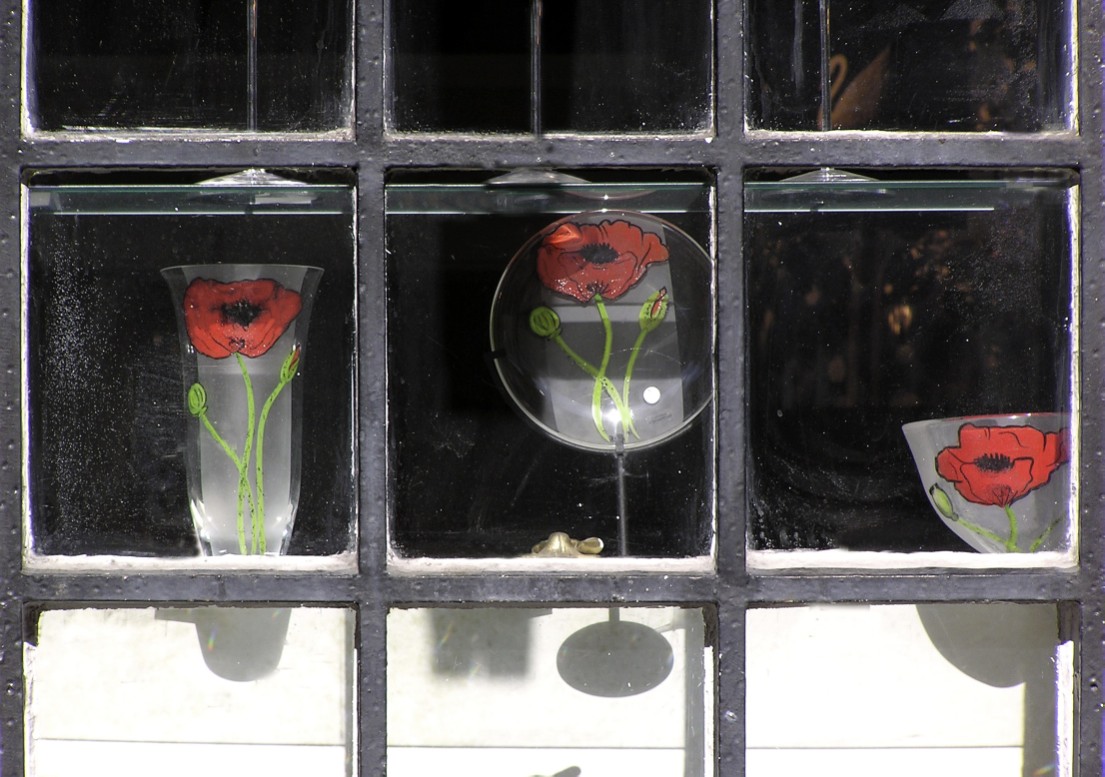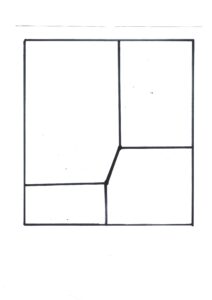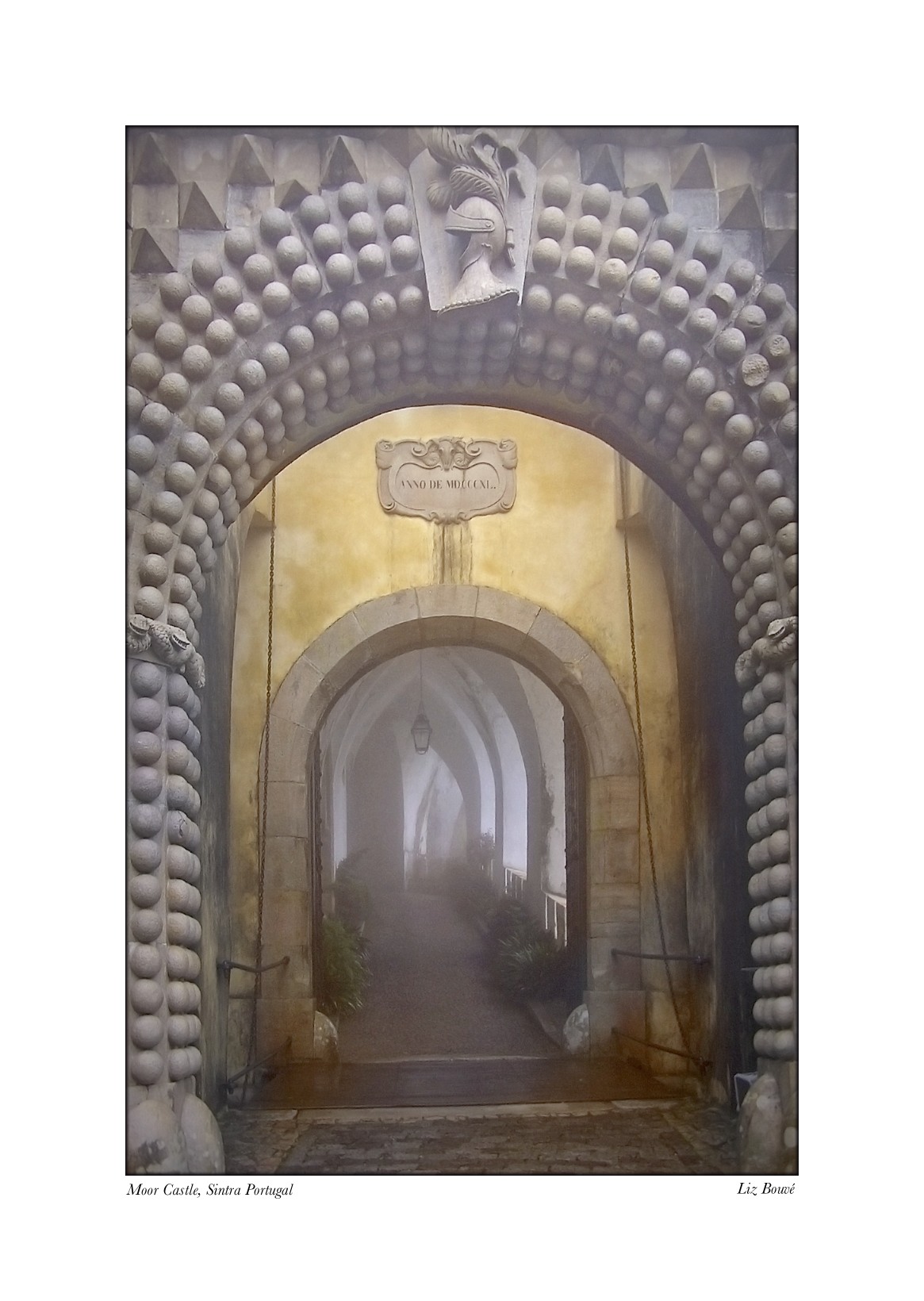
There is one other setting and role that allows for (and encourages) the direct movement of Quad Four material into Quad One. This is the setting of “foolish” play and, more specifically, the role played by the “fool.” The fool serves a very important function in most societies—as the British School and, specifically, Kets de Vries has often told us.i At times, the fool can be a “truth-teller” who “becomes the guardian of reality and, in a paradoxical way, prevents the pursuit of foolish action.”ii
In other settings, the fool is a trickster who “is endowed with uncanny powers of insight and prophecy. He (the fool is usually a male figure) is both underdog and cult hero, a mirror to people, a jester who produces order out of chaos by connecting the unexplainable to the familiar. . . . [T]he trickster is a figure onto whom we can project our own foibles, ideals and fears, and as such plays an important role in many societies. ”iii
We see a strong alignment, in this second role of fool, between the British School’s description and the Jungian notion of a “shadow” function that is served by specific intrapsychic dynamics and by specific people, occupying “shadowy” roles in organizations. At yet other times, the fool is simply foolish – the butt of jokes, the person on whom all blame is assigned, the fallen hero. In this role, according to Kets de Vries,iv the king and fool provide a psychological equilibrium: “the power of the leader needs the folly of the fool. . . . The duality of the king/fool relationship emphasizes the Janus-faced nature of power. The sage/fool is often the only person who can protect the king from hubris [ego inflation].” The role of the fool is usually highly circumscribed. Only a few people in any one society are allowed to be this spontaneous in their Quad One articulation of unconscious Quad Four material from either their own psyche or the group’s psyche. Furthermore, these men and women ultimately have to pay a major price for this foolish behavior—and they usually are not allowed to play any role other than fool.
Large Quad One/Small Quad Four
By Joe Luft’s criteria, this third scenario would represent a highly evolved person. She would be found in settings and in specific interpersonal relationships that have been very conducive to personal growth. The evolved person no longer has a large amount of unconscious (Quad Four) material (at least as related to this specific interpersonal relationship or group).
 However, they are still open to sharing material (Quad One) that does emerge from Quad Four (or the other two quads). The men and women who conduct therapy or human relations programs are supposedly operating with a relatively small Quad Four, given that they themselves have engaged in training programs (or therapy sessions) that bring unconscious material into full awareness. There is a major fork-in-the-road, however, when it comes to the amount of disclosure (Quad One) in which these “evolved” people participate. In most therapeutic settings, the therapist is not to disclose much about themselves (small Quad One)—but is instead expected to keep this material hidden (Quad Three).
However, they are still open to sharing material (Quad One) that does emerge from Quad Four (or the other two quads). The men and women who conduct therapy or human relations programs are supposedly operating with a relatively small Quad Four, given that they themselves have engaged in training programs (or therapy sessions) that bring unconscious material into full awareness. There is a major fork-in-the-road, however, when it comes to the amount of disclosure (Quad One) in which these “evolved” people participate. In most therapeutic settings, the therapist is not to disclose much about themselves (small Quad One)—but is instead expected to keep this material hidden (Quad Three).








